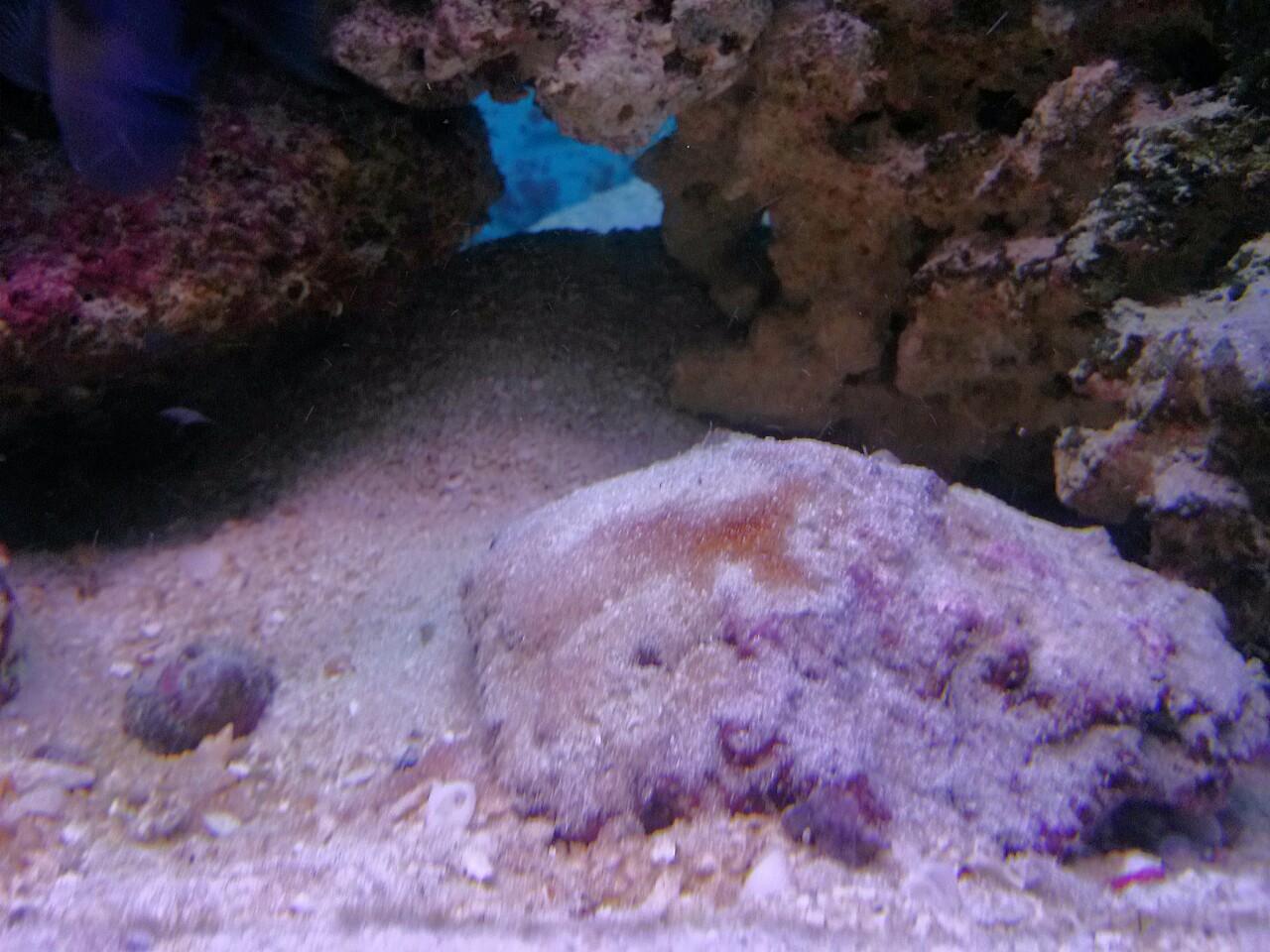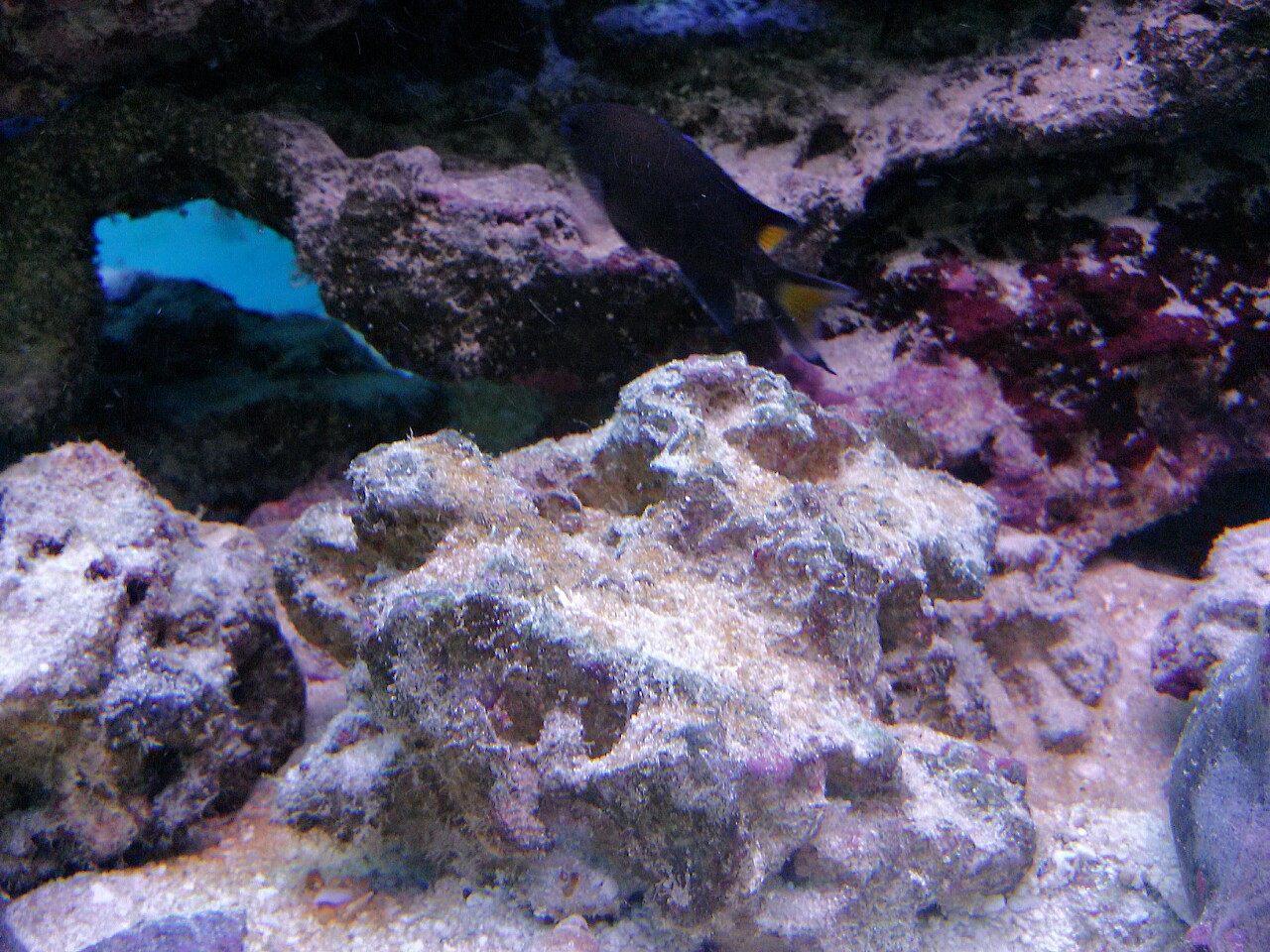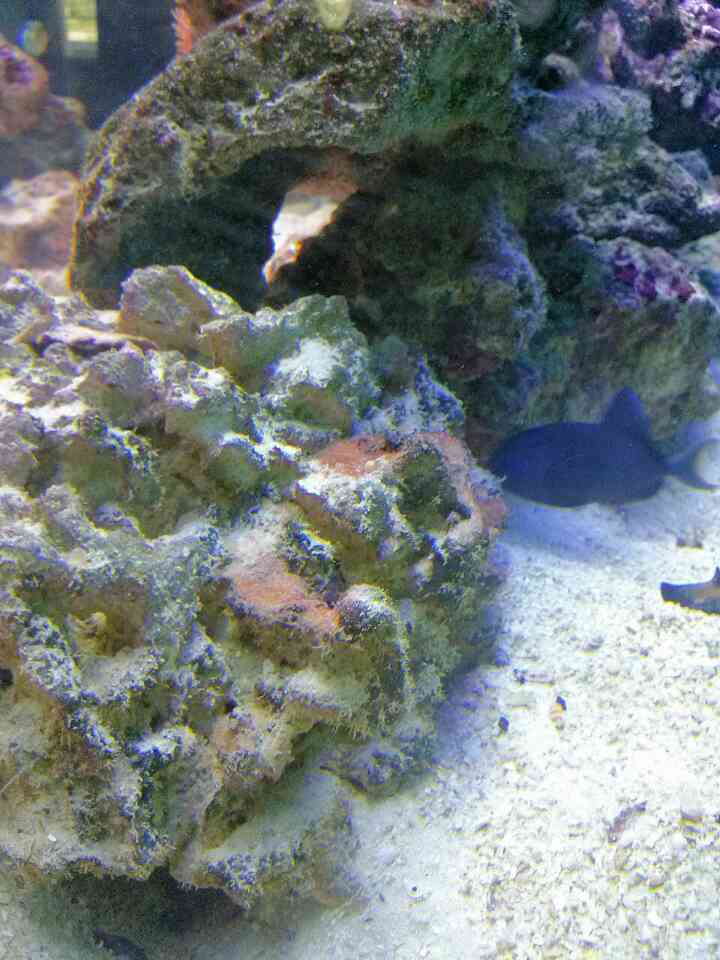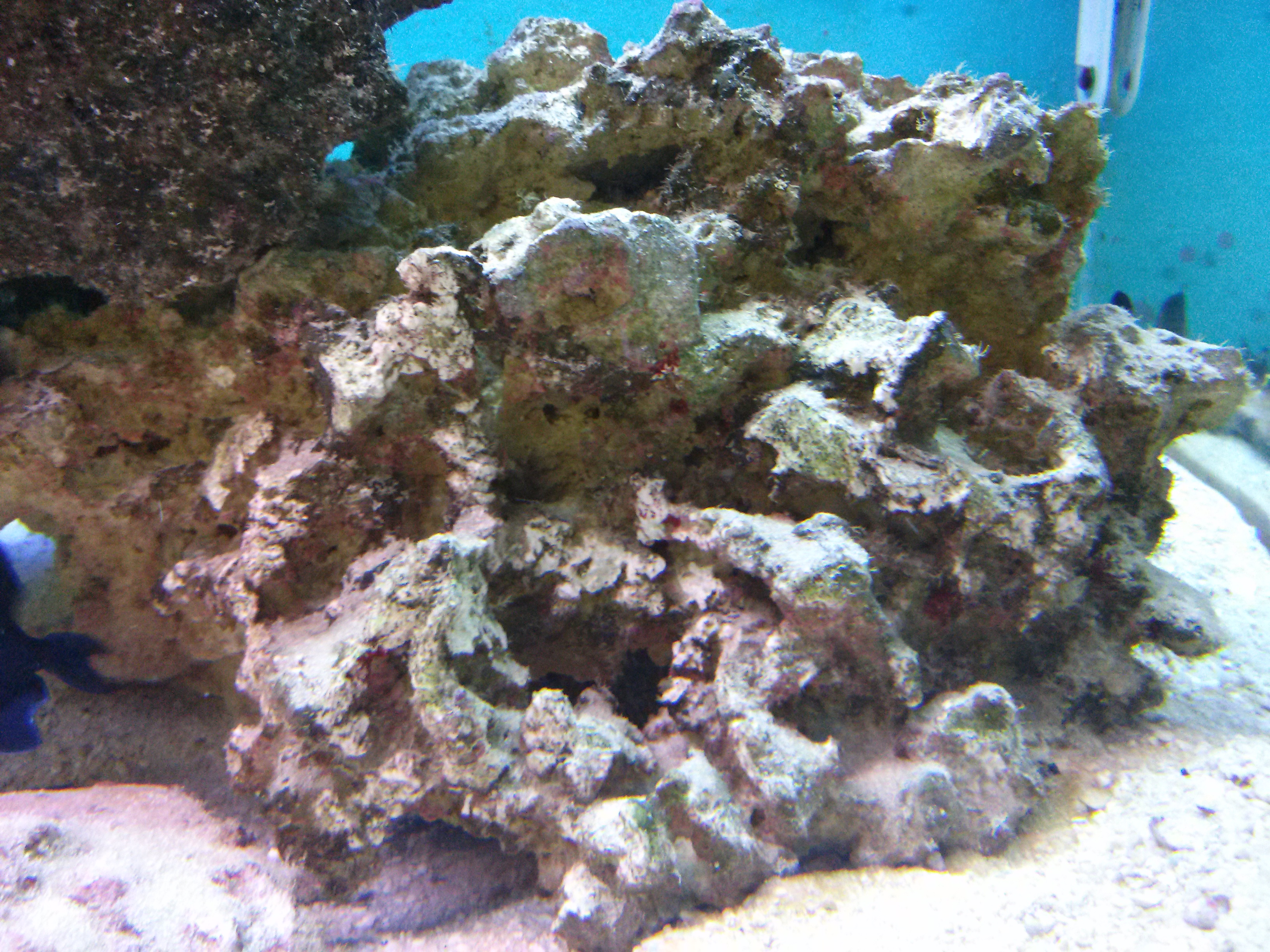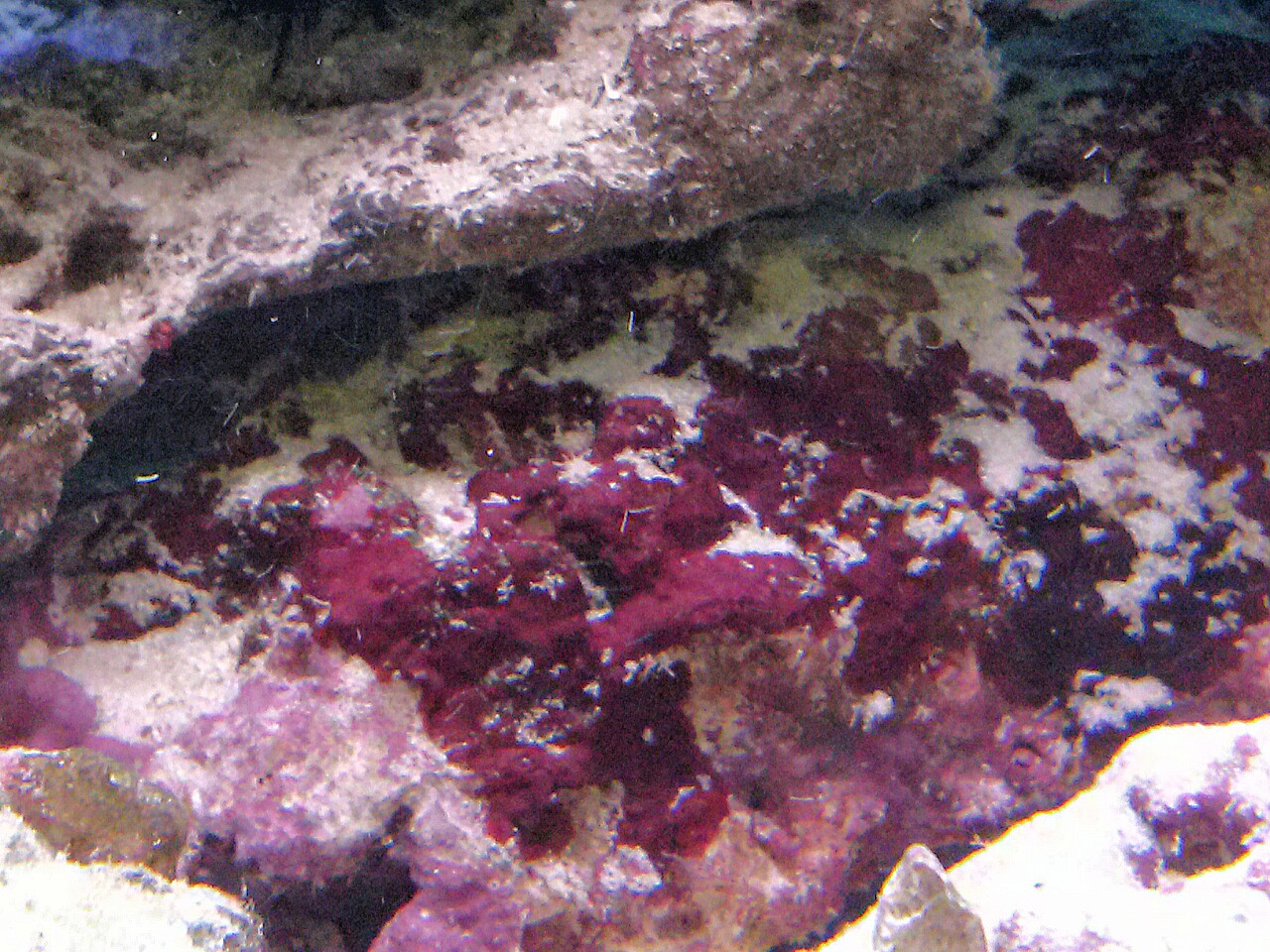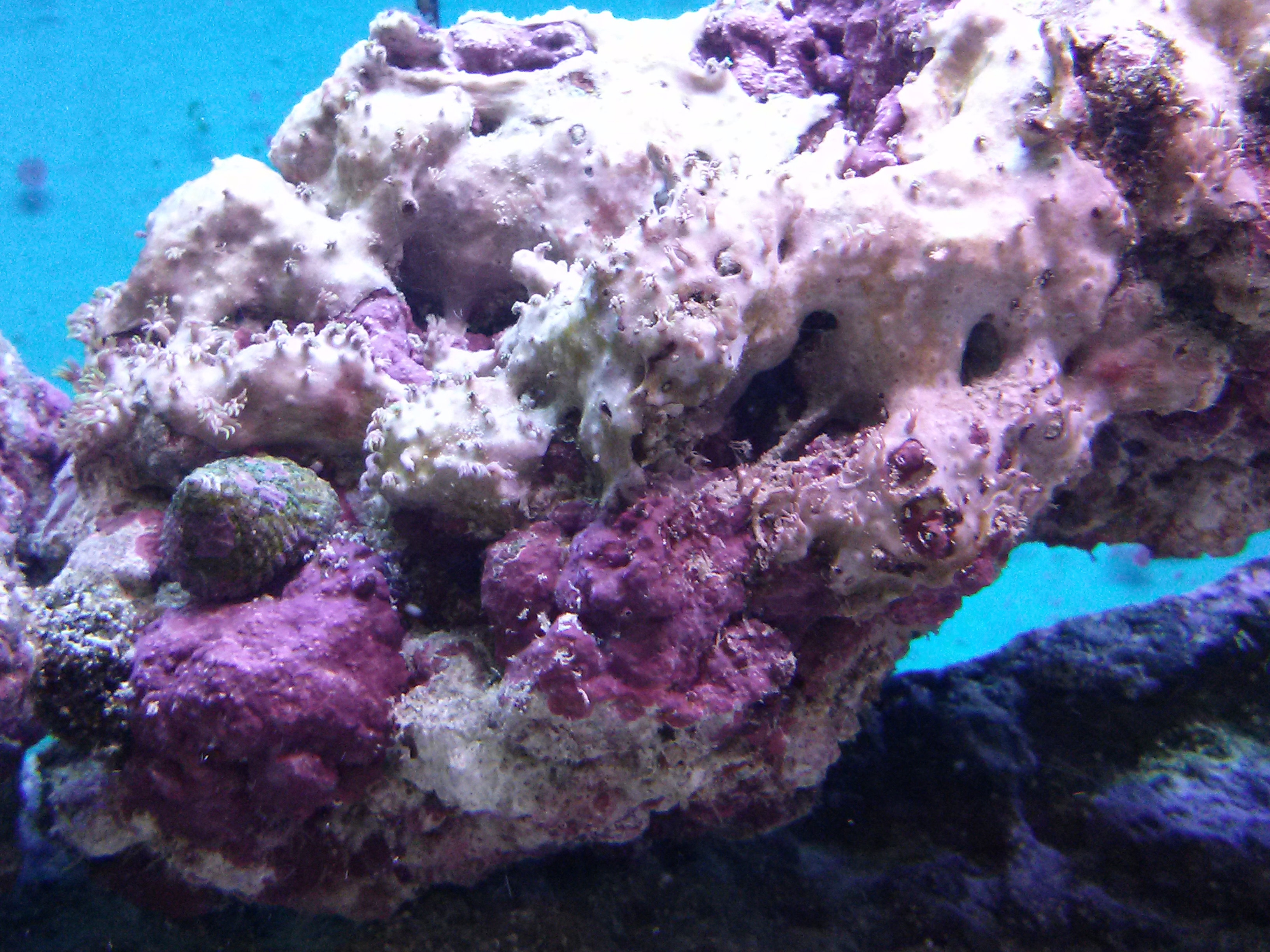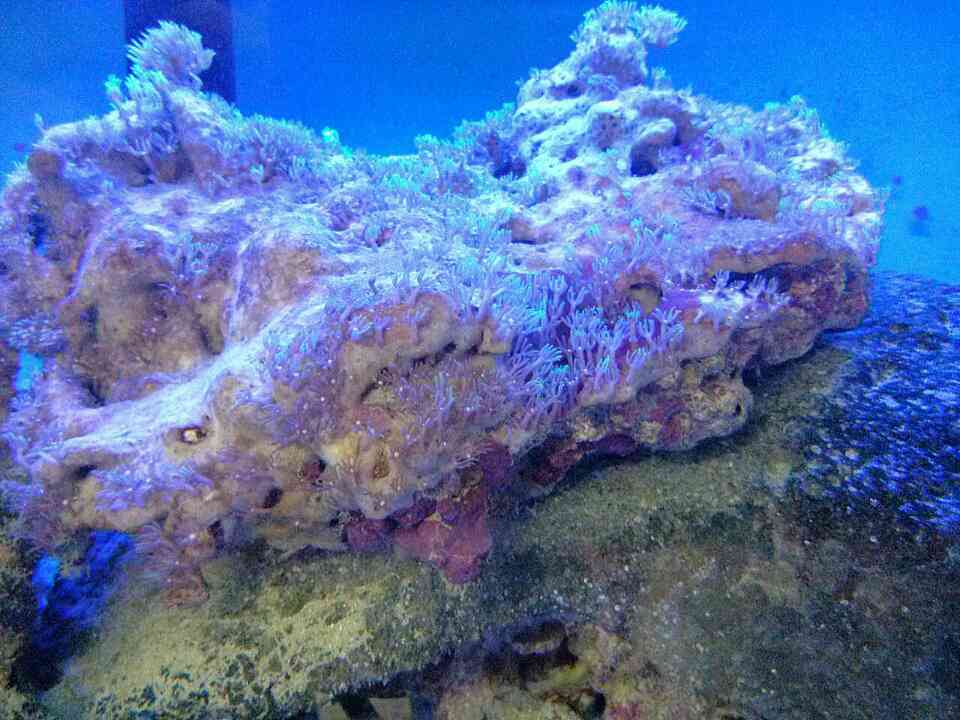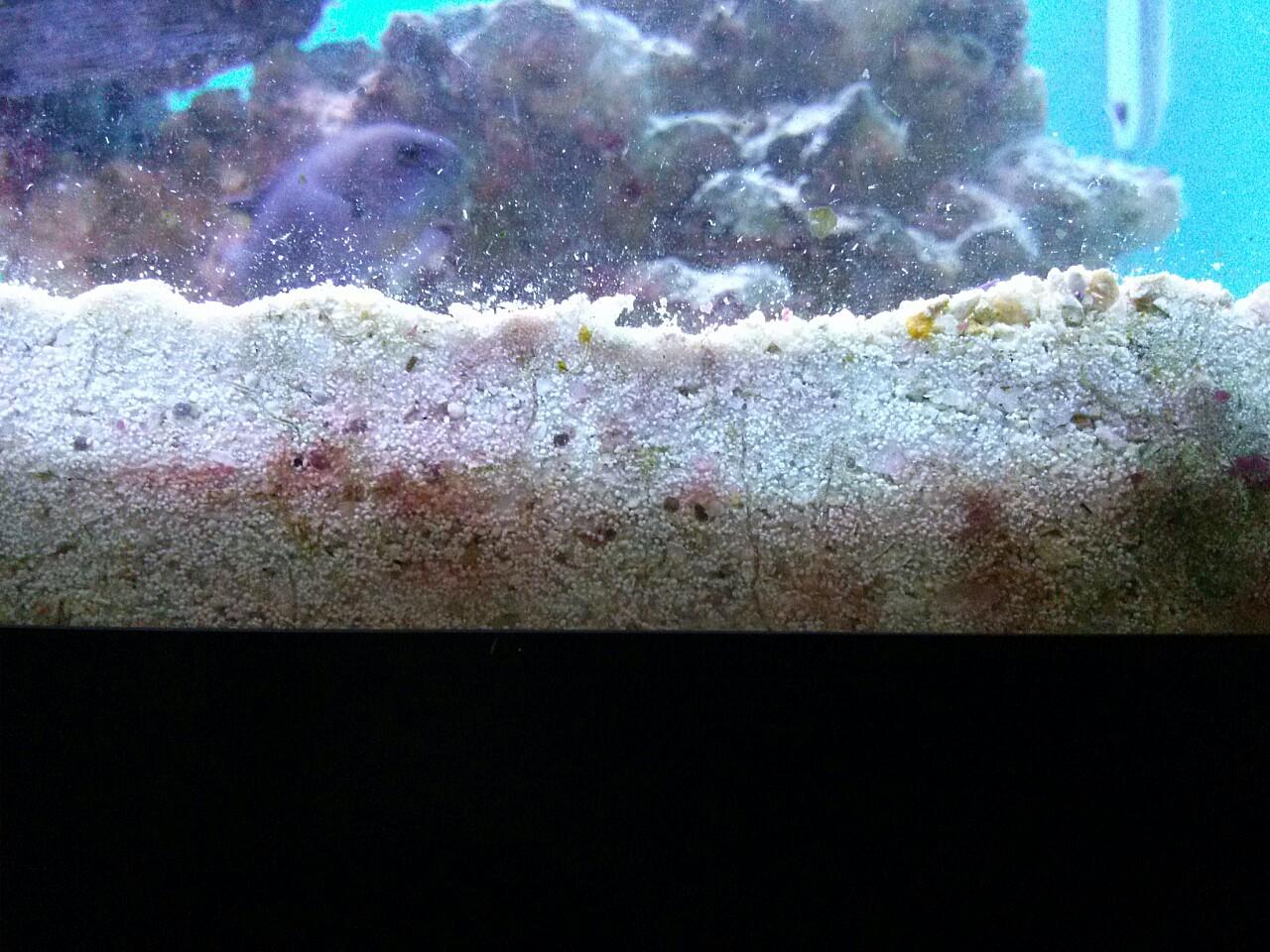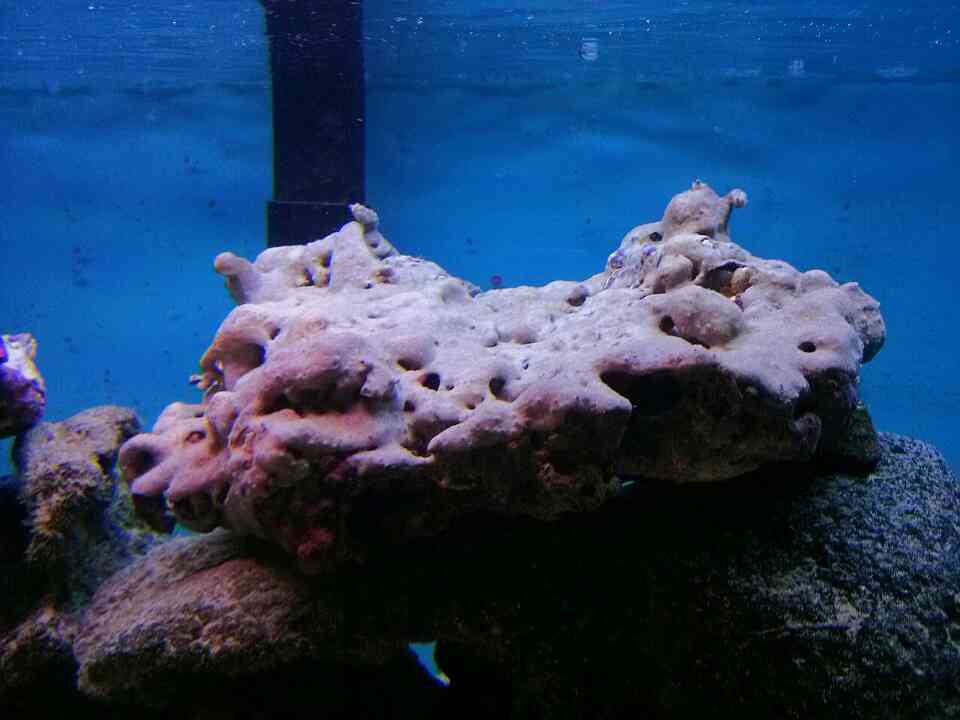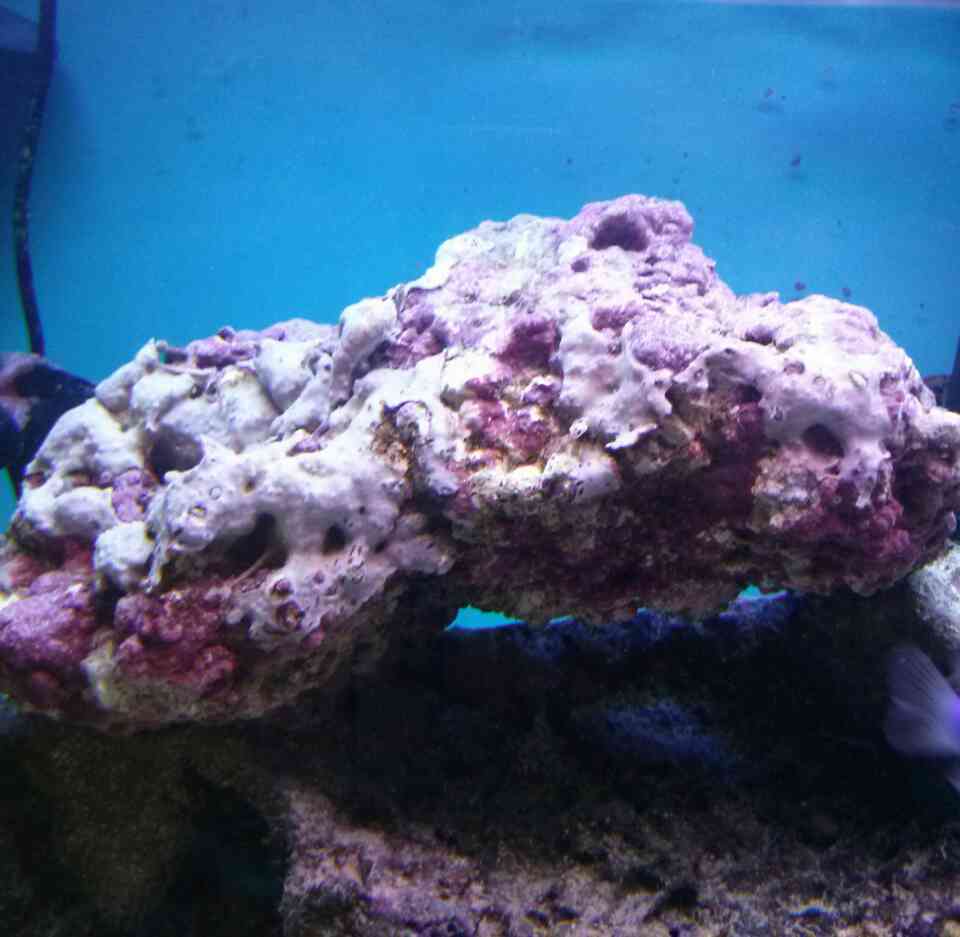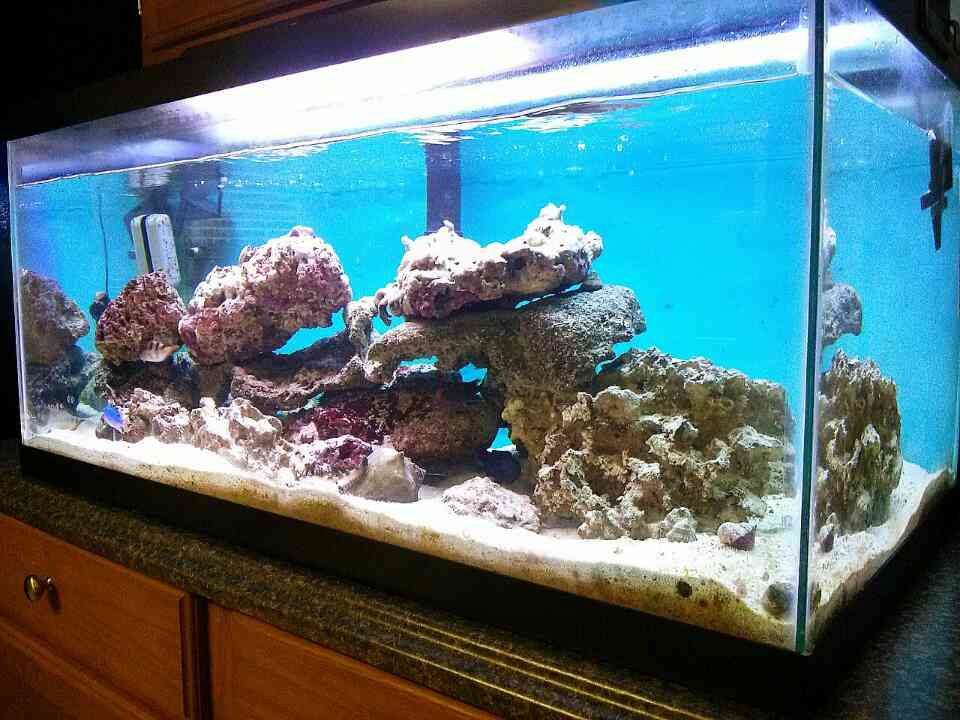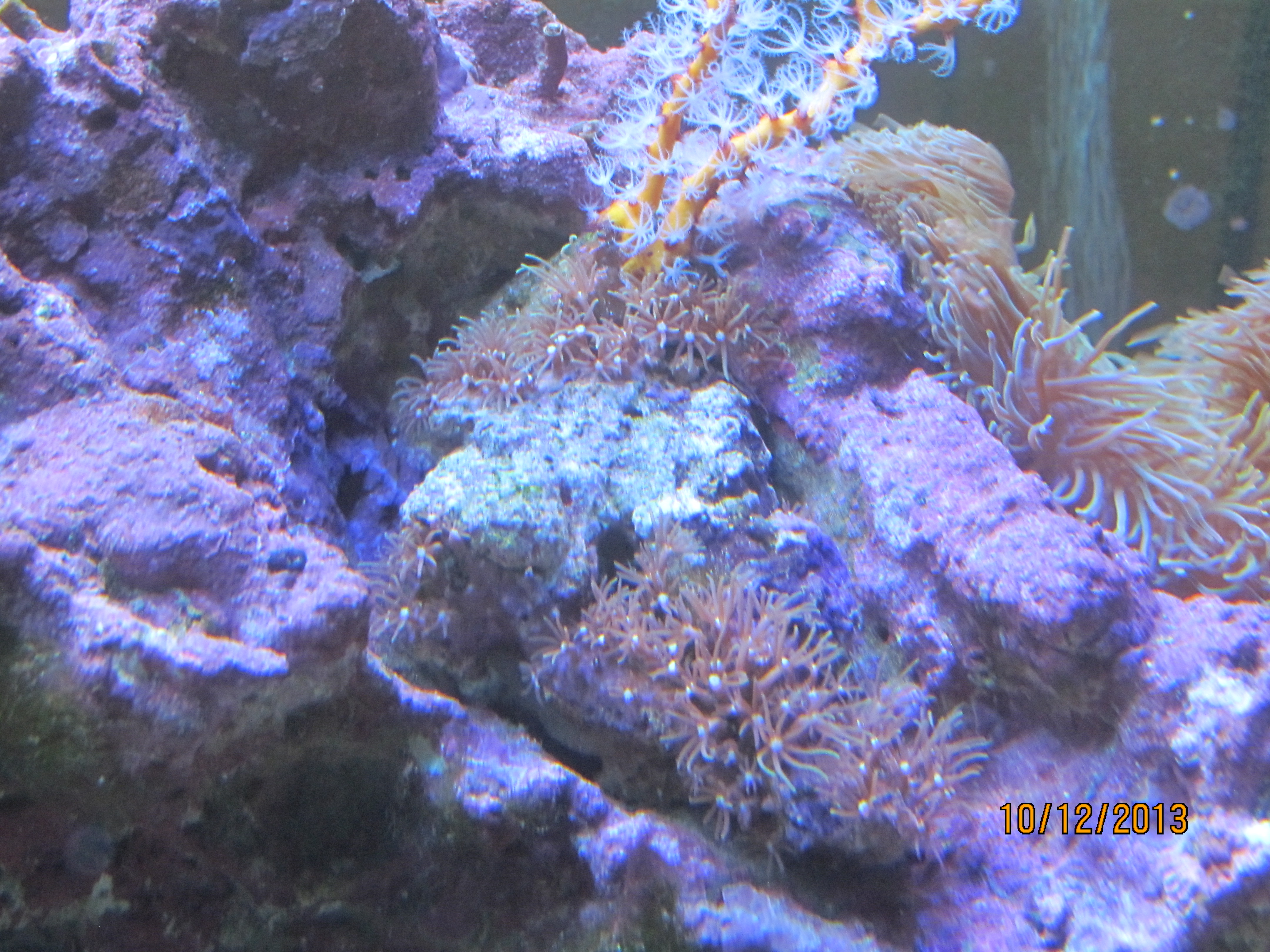pegasus
Well-Known Member
Quote:
Originally Posted by cav414 http:///t/396155/newbie-help-please/60#post_3532422
Okay when I get the sand will it be okay to store it in a sealed bucket of salt water for a few weeks while I slowly add it? Oh and the diatoms did go away my substrate was very clean looking when I got home this morning
If the sand is wet when you get it, it should be fine in a bucket of salt water. If you can use water from a water change, it may help the beneficial bacteria start reproducing. It would be best if you can keep the water flowing across it, maybe with a low-flow power head or a small pump in another container. You don't want the water to get stagnant. If the sand is dry, it would be okay just to leave it in the bag until it's used up. Just keep the bag sealed so it doesn't absorb moisture from the air.
Good to hear the diatoms have gone away. That tells us that the bacteria is building up in the substrate. Things are looking good.
Originally Posted by cav414 http:///t/396155/newbie-help-please/60#post_3532422
Okay when I get the sand will it be okay to store it in a sealed bucket of salt water for a few weeks while I slowly add it? Oh and the diatoms did go away my substrate was very clean looking when I got home this morning
If the sand is wet when you get it, it should be fine in a bucket of salt water. If you can use water from a water change, it may help the beneficial bacteria start reproducing. It would be best if you can keep the water flowing across it, maybe with a low-flow power head or a small pump in another container. You don't want the water to get stagnant. If the sand is dry, it would be okay just to leave it in the bag until it's used up. Just keep the bag sealed so it doesn't absorb moisture from the air.
Good to hear the diatoms have gone away. That tells us that the bacteria is building up in the substrate. Things are looking good.

